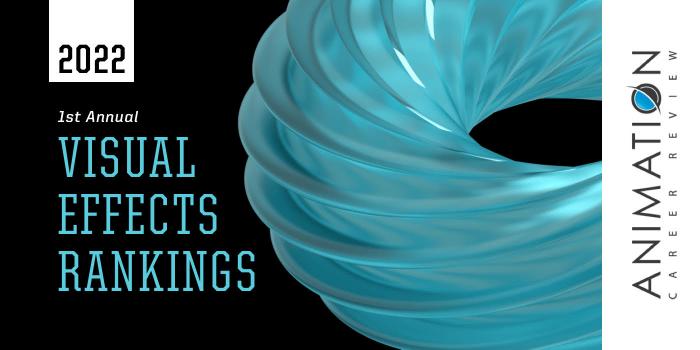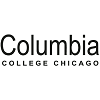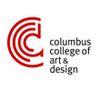Jarvis College of Computing and Digital Media (CDM) at DePaul University (DePaul) houses the School of Cinematic Arts, home to the Film & Television Program. Degree options for Visual Effects (VFX) Artists include a BFA and MS in Film & Television, a VFX Minor, and a BFA in Animation with a VFX Animation Concentration. Both the BFA and MS in Film & Television offer a VFX Concentration.
Across programs, students will take courses such as Introduction to Visual Effects, Visual Effects Cinematography, Advanced Topics in Visual Effects, Visual Effects Supervision, 3D Motion Graphics, Compositing I-II, 3D Texturing and Lighting, Advanced Color Correction, 3D Design & Modeling, Coding for Audio and Video, CG Compositing, Editing I-II, Virtual Cinematography, Previsualization, Virtual Cinema, and Post-Production.
Other CDM features include access to the latest software, tools, and technologies including Cintiq labs; 3D motion capture, motion control, and sophisticated sound studios; 3D printing, stop motion stages and fabrication studios; and professional-level animation and effects software; participation in the 10-week immersive Los Angeles Quarter Program where students will have opportunities to intern at major Hollywood studios such Disney, DreamWorks Animation, Sony Studios, Nickelodeon, The Jim Henson Company, Titmouse Animation, Bix Pix Animation, and Warner Brothers; and the visiting artist series, where past guests have included artists from Pixar and Disney.
Students also have access to Animation Lodge and they may participate in Project Bluelight. Students at The Lodge collaborate on group projects, network, and build their portfolios. Bluelight provides hands-on experience in motion picture production to all interested students.
Graduates of Jarvis College of Computing and Digital Media at DePaul University have been hired at DreamWorks Animation, LAIKA Studios, Warner Bros. Animation, Blizzard Entertainment, BioWare, Nickelodeon Animation Studios, ShadowMachine, Walt Disney Animation Studios, Electronic Arts (EA), Cartoon Network, Iron Galaxy Studios, and The Mill, among others.
DePaul University is accredited by the Higher Learning Commission (HLC). With 21,670 students, more than 300 programs, two campuses, and 10 academic colleges, DePaul University is the largest Catholic university in the United States. Founded in 1898, DePaul is also America’s 13th-largest private, not-for-profit university, and the largest private, not-for-profit college in the Midwest.







